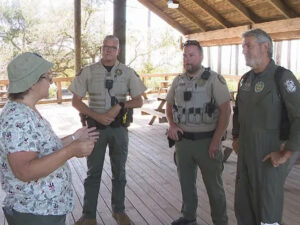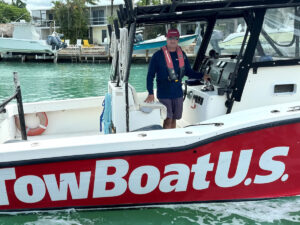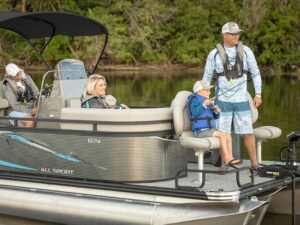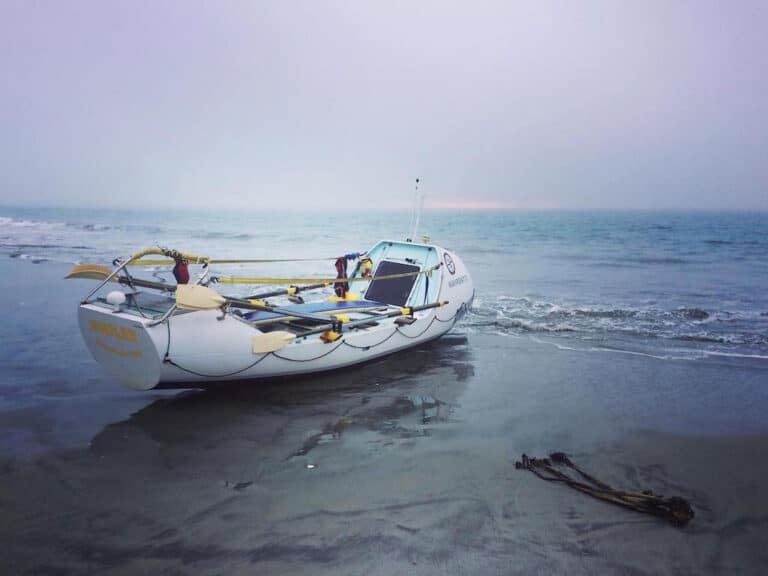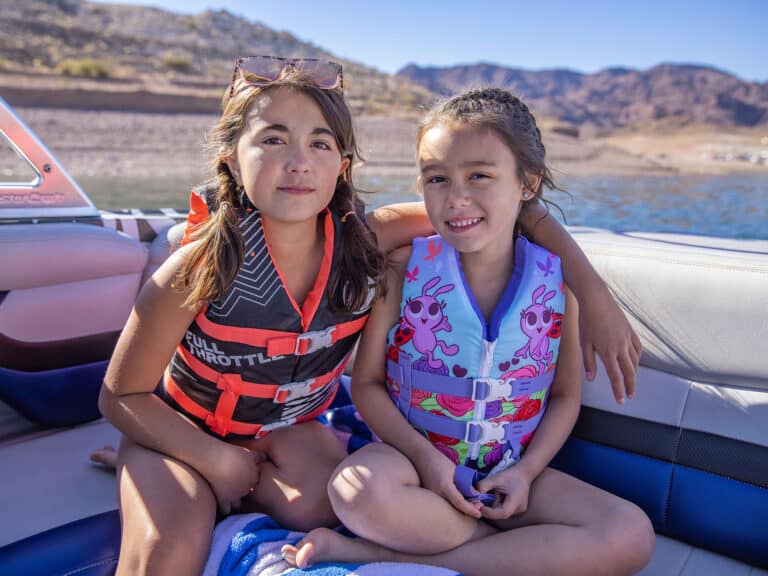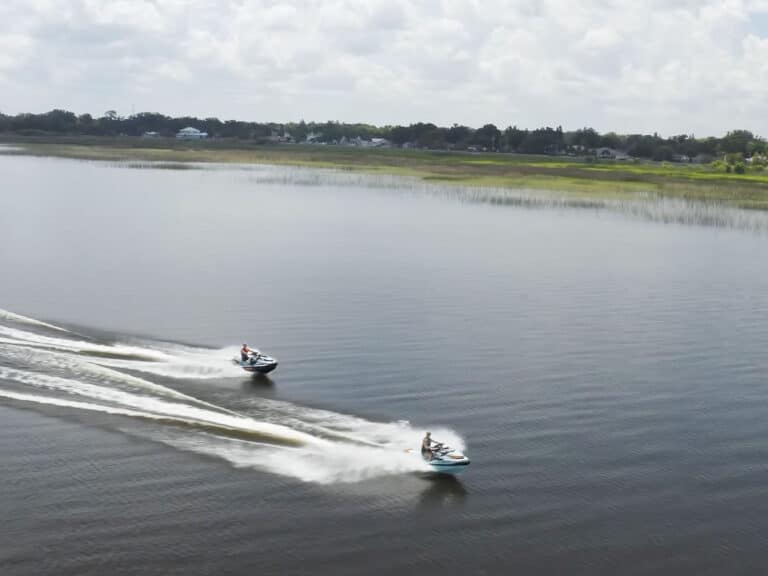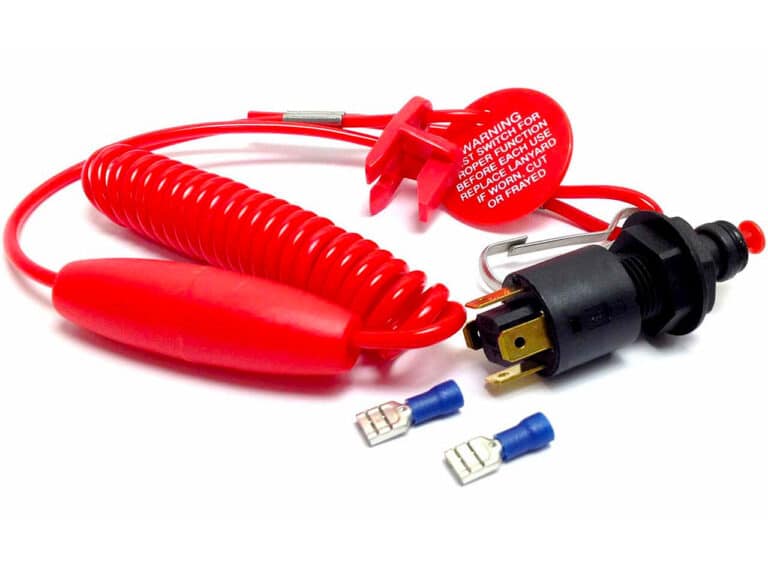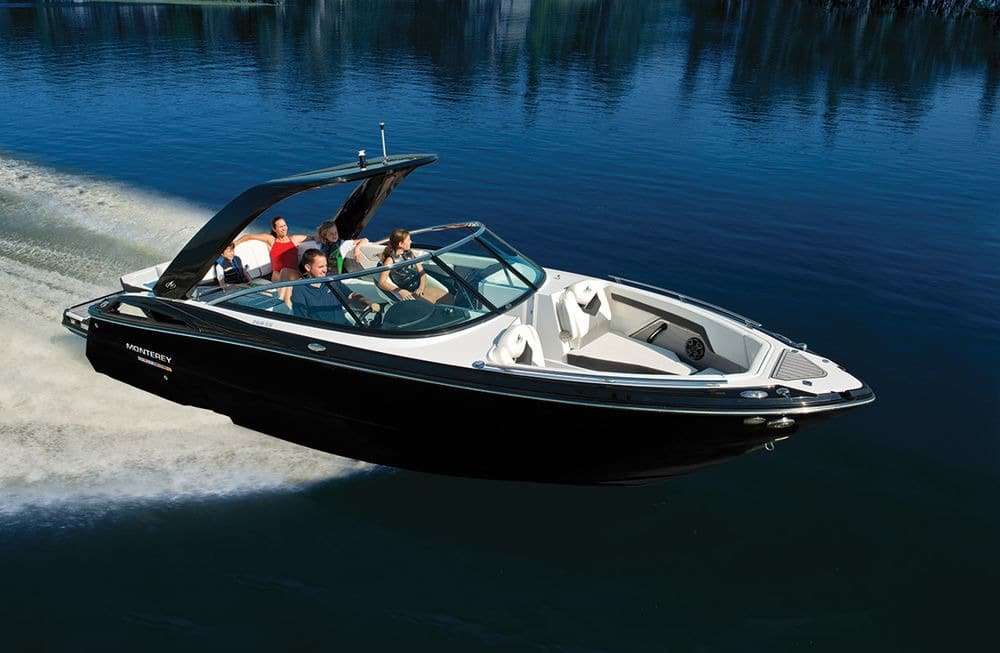
Putting the safety of your crew and vessel first is the essence of good seamanship. The good seaman embraces practice, review and the willingness to learn in order to maintain a high safety standard. Safety is paramount. Be that as it may, I consider endeavoring to provide crew comfort an integral part of good seamanship too. Let’s take a look at some comfort malpractices by examining the actions of three notional skippers.
Capt. “Speedalong” Smith: This skipper grabs the wheel, grabs the control, assumes a widespread stance and never makes a move without looking first. He knows every navigation aid and every light pattern and can even visualize the ocean in his vicinity with an imaginary overlay of latitude/longitude lines. Capt. Speedalong’s flaw? He goes too fast.
It’s not that he rushes into head seas at full throttle. Capt. Speedalong simply forgets that he is standing, and well-braced, with his hands on that wheel. Meanwhile, his crew is getting jostled as beverages splash out of cans. Seated, the crew lacks the shock absorbency provided by bent knees and doesn’t have as substantial a handhold as a steering wheel, if there’s one at all. Some crew members may be facing abeam; being positioned 90 degrees to the direction of motion is rarely comfortable.
Rule to Remember: The skipper and the boat can always take more punishment than the crew.
Capt. Gale Force: This skipper forgets to inform her crew of what is occurring or, rather, what is about to happen. And she also forgets she is at least twice as secure physically as her crew. She can double the angle on the bow like nobody’s business, but her lack of communication causes much crew discomfort.
Had she let the crew know she’d be throttling back in a moment to transit a bridge, maybe Uncle Henry wouldn’t have chosen that moment to head for the head — before stumbling forward and bruising his thigh. If she’d mentioned the hard starboard turn coming up at speed (oh, how Gale loves the feel of her V-hull carving!), maybe her friend’s phone wouldn’t have gone smashing to the sole. The simple call of “Wake!” is enough to let someone in the head know to wait before going.
Rule to Remember: Let the crew know what you know.
Capt. Noah Chance: This skipper believes in making a plan and sticking to it. Though Capt. Noah has more salt running through his veins than the contestants at a pretzel-eating contest, he often makes his crew uncomfortable because he never has a plan B.
Like the time he scheduled a little fun fishing for his old college buddies. The day dawned bright as 4-foot swells rolled relentlessly across the sea. It was nothing to Noah, but his crew proved one needn’t always buy chum. Then there was that time he insisted on taking the family to the beach, despite the freak 30-knot wind that sandblasted all the freckles off the faces of his teenage nephews. Finally, there was that picnic in the pouring rain aboard his open boat when he exclaimed, “This is what it’s all about!”
Rule to Remember: Always have, and be prepared to execute, a plan B.
Quick Tip: Keep a spare sweatshirt, sun hat, jacket and sunglasses stowed aboard for crew who show up dressed for land.
* * * * *
The U.S. Coast Guard is asking all boat owners and operators to help reduce fatalities, injuries, property damage, and associated healthcare costs related to recreational boating accidents by taking personal responsibility for their own safety and the safety of their passengers. Essential steps include: wearing a life jacket at all times and requiring passengers to do the same; never boating under the influence (BUI); successfully completing a boating safety course; and getting a Vessel Safety Check (VSC) annually from local U.S. Coast Guard Auxiliary, United States Power Squadrons(r), or your state boating agency’s Vessel Examiners. The U.S. Coast Guard reminds all boaters to “Boat Responsibly!” For more tips on boating safety, visit www.uscgboating.org.

